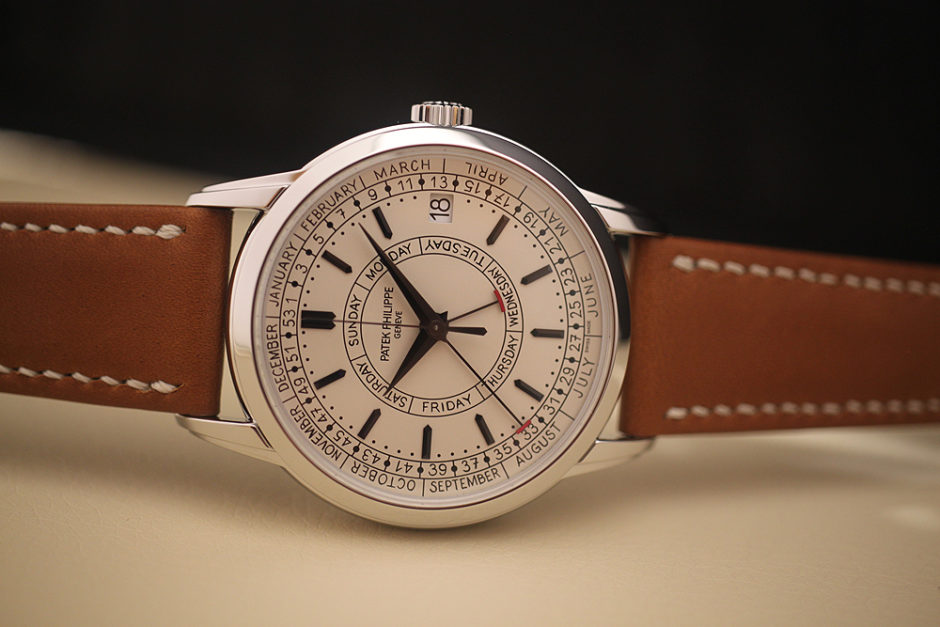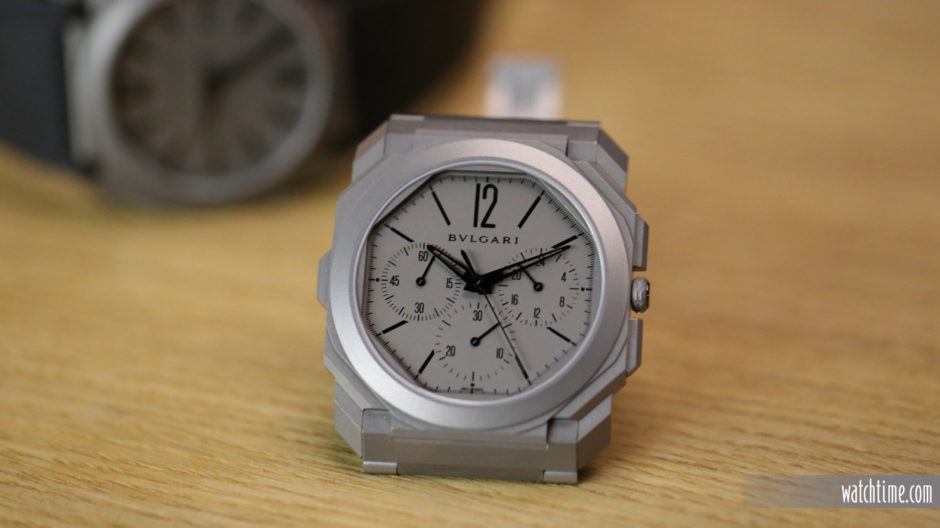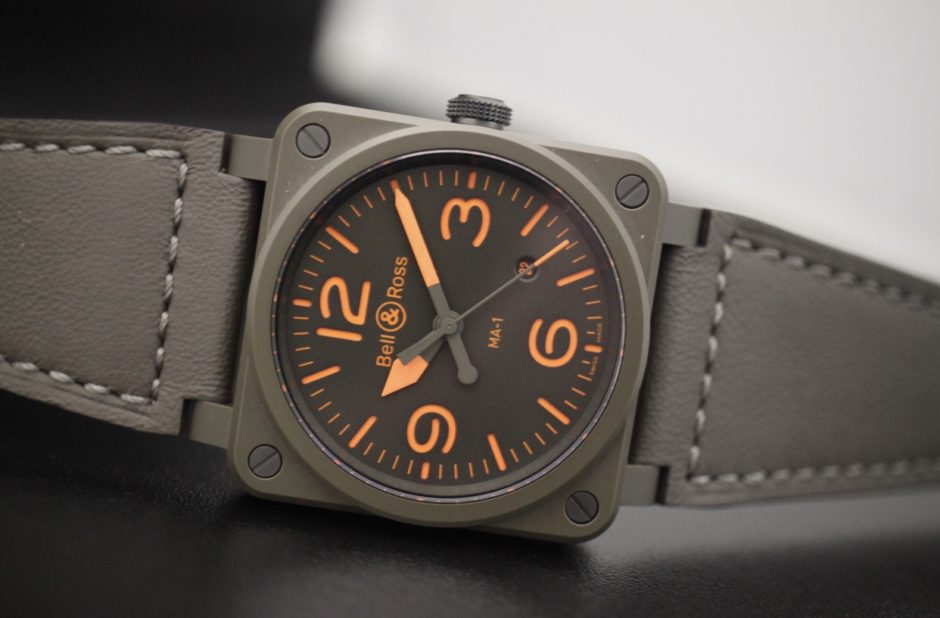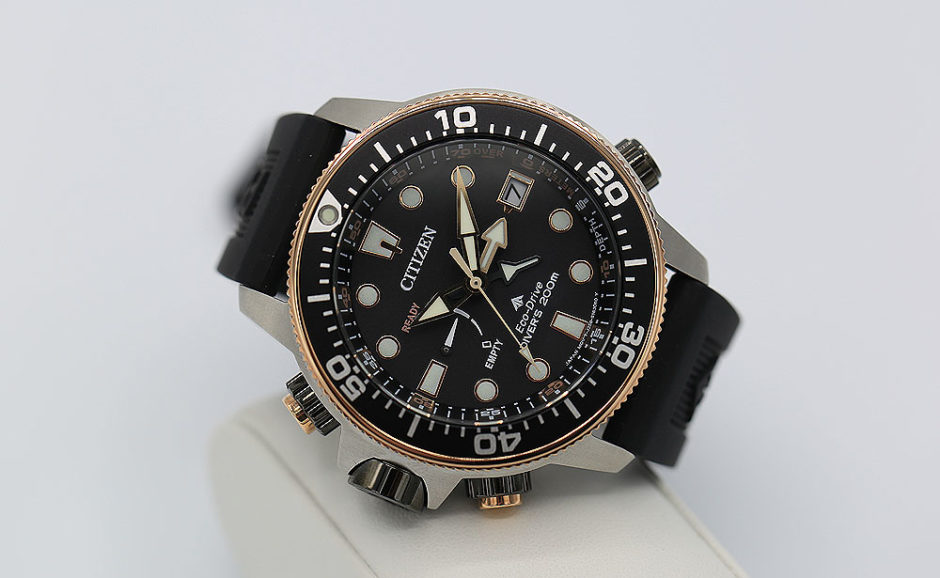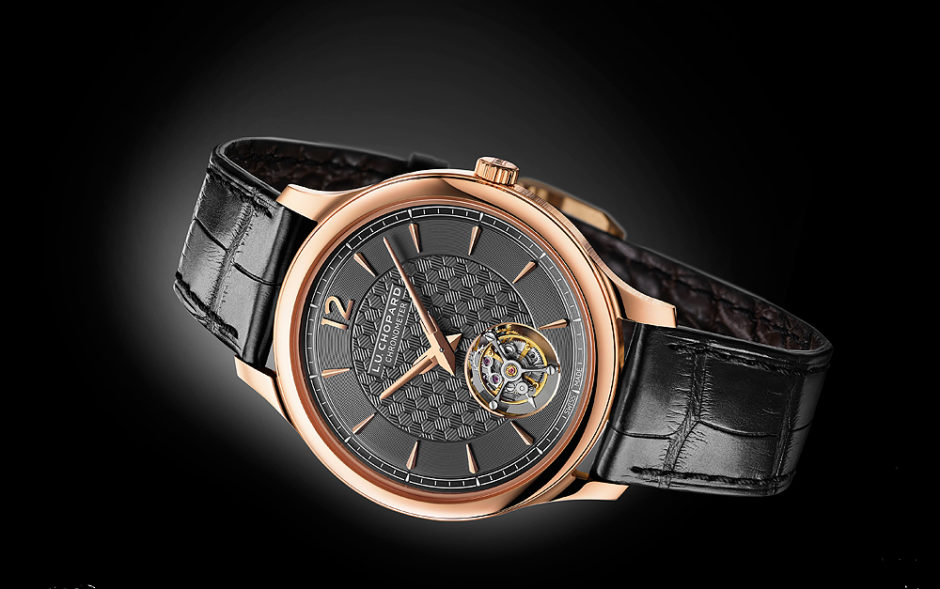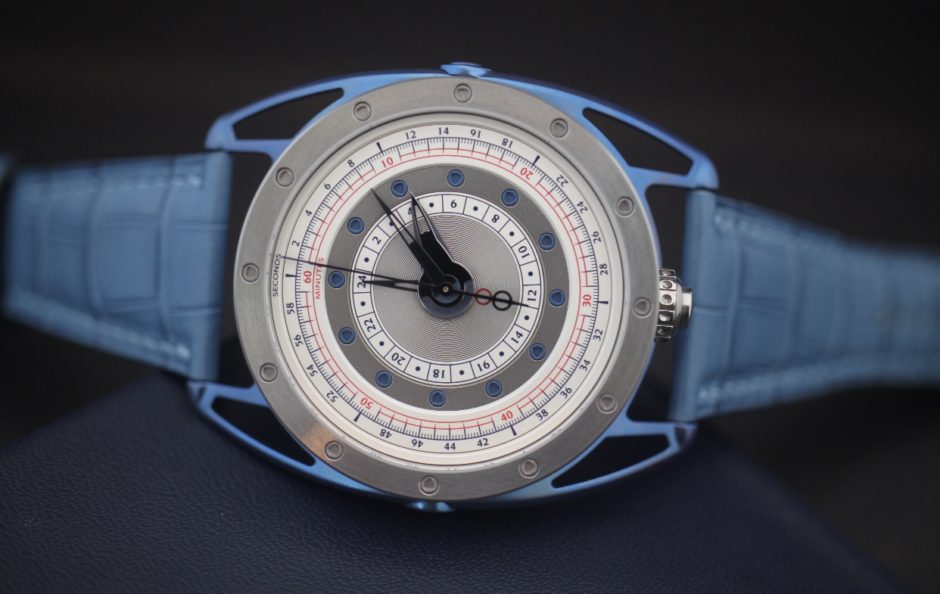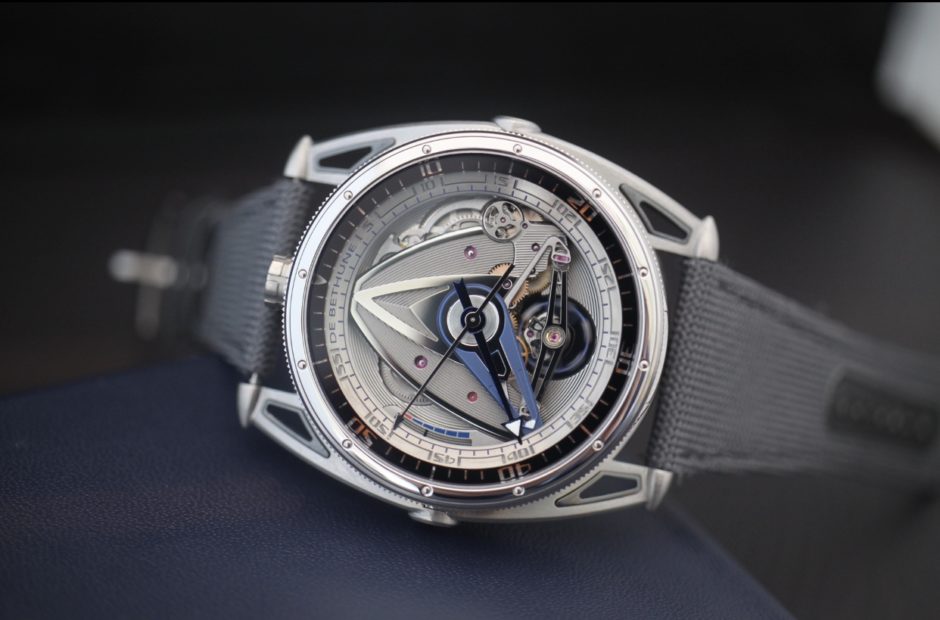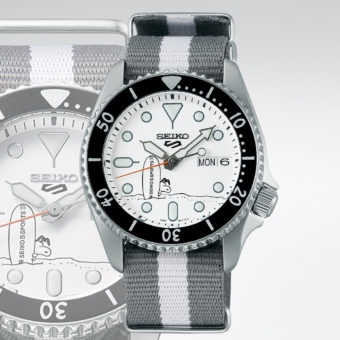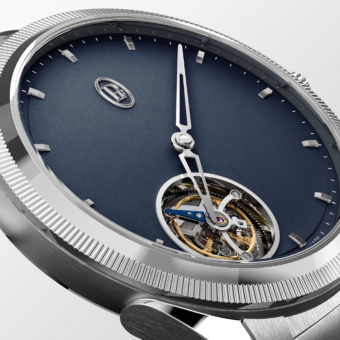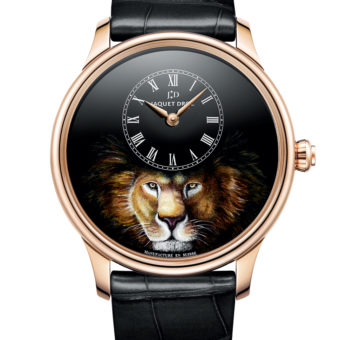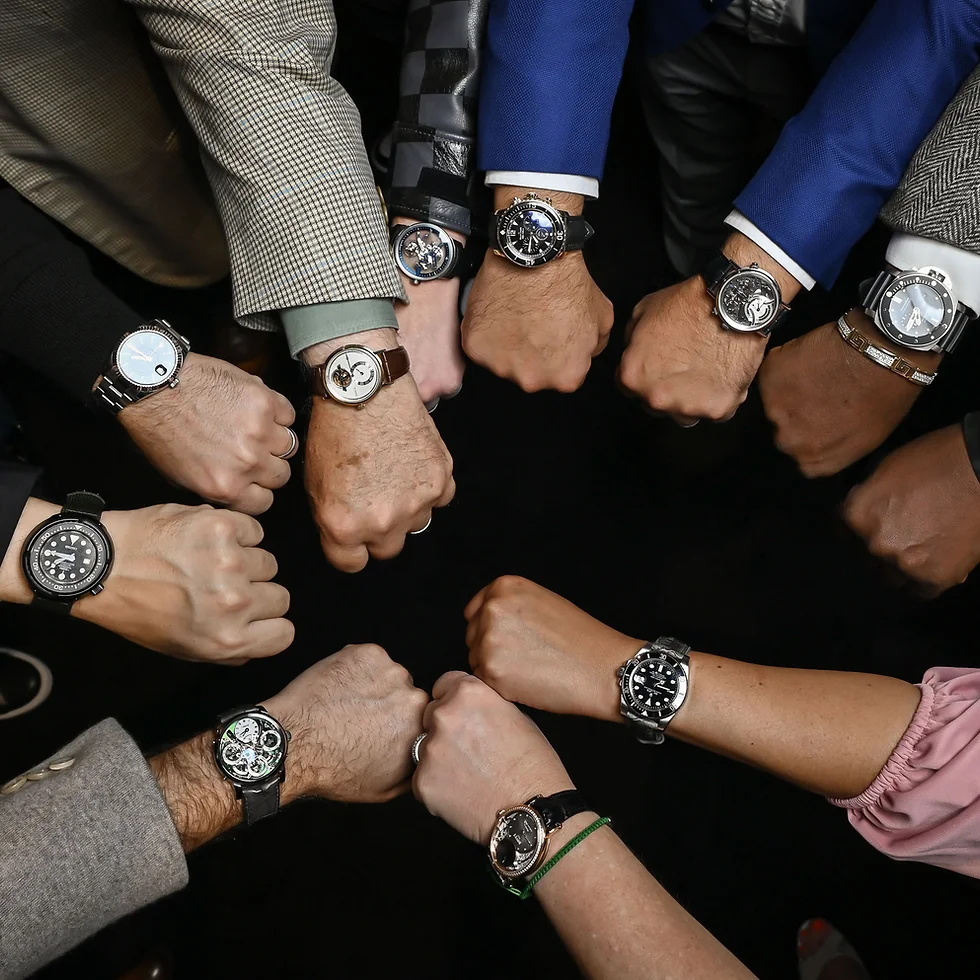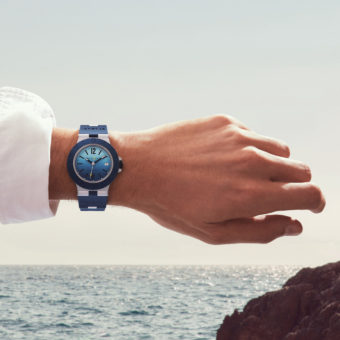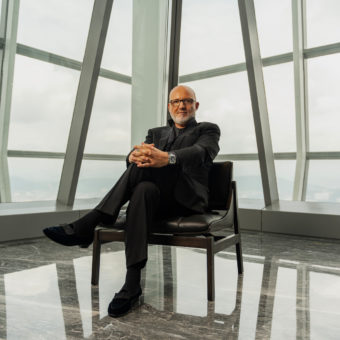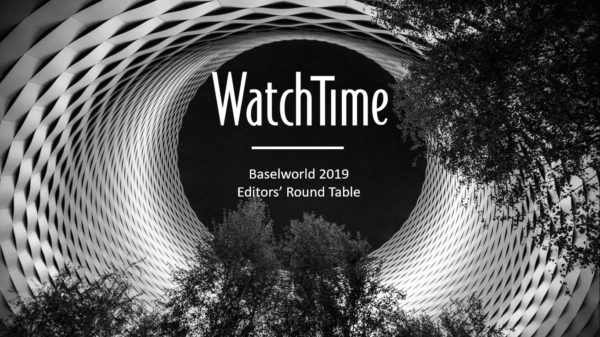
WatchTime’s editorial team (as well as all our international colleagues from Mexico, India, Dubai, Germany and China to just name a few) spent several days on the ground in Basel, visited a majority of the brands present (some of them have already been covered here), and are now working on the Baselworld special for the upcoming issue of WatchTime magazine (July). Until then, we’re certain you will appreciate a slightly more personal selection of some the highlights seen by Roger Ruegger (RR), Mark Bernardo (MB) and Logan R. Baker (LRB):
How did this year’s Baselworld compare to previous years?
RR: Interestingly, the show was as busy for me as it was the years before, even though there were significantly fewer brands (this year, only 520 brands exhibited at Baselworld 2019, down from about 1,300 in 2017), and consequently fewer watches were launched during the show. Also, people weren’t afraid this year to openly question the future of Baselworld, which sometimes created a difficult environment to have a constructive dialogue about the importance and future of the show (or the problems we’d face without it). The new press center certainly was an improvement for everyone doing live coverage, and it was much less difficult to get a table in a restaurant. What didn’t change though is the typical feeling that you hadn’t managed to see and talk to everyone the day I left. Oh, and I only lost one lens cap this year, which was a substantial improvement.
MB: Certainly the absence of large exhibitors like the Swatch Group, Movado Group, and Swarovski was noticeable, and the halls during the height of the show were not nearly as jam-packed as in previous years. For a journalist on the move, dashing from appointment to appointment and back and forth to the press room, however, this was not always a bad thing. And the relocation of the press center, from across the street in the Hall 1 annex to the heart of the main Hall 1, the space formerly occupied by the massive Swatch Group Pavilion, was mostly a very positive change, although it meant less time walking between the buildings across the courtyard and thus less time outside to enjoy the uncommonly lovely spring weather that Baselworld was blessed with this year.
LRB: This being my second Baselworld fair, I don’t have much to compare this year’s show to, but I can say that while Swatch Group’s missing presence was felt heavily through the hall, it did allow other smaller brands — that don’t always get the love that they deserve — to shine. Being able to meet with these brands on a more macro scale rather than focus on heavy hitters like Breguet, Blancpain, and Omega made the show, from a journalistic perspective, a bit more diverse and interesting. Echoing Roger and Mark, the press center was much easier to access than ever before.
What was the highlight of the show for you?
RR: The Octo Finissimo Chronograph GMT from Bulgari was certainly one of the most important launches we saw this year. Speaking of chronographs, Carl F. Bucherer‘s Bicompax Annual hit the mark for me. I was also very impressed by Grand Seiko’s new line-up, Seiko’s additions to the Prospex collection, Bulova’s continued Archive Series, and how Patek managed to show several new watches that will certainly attract a younger audience as well. Last but not least, MB&F’s first attempt in creating a women’s watch serves as a masterclass in how it’s done.
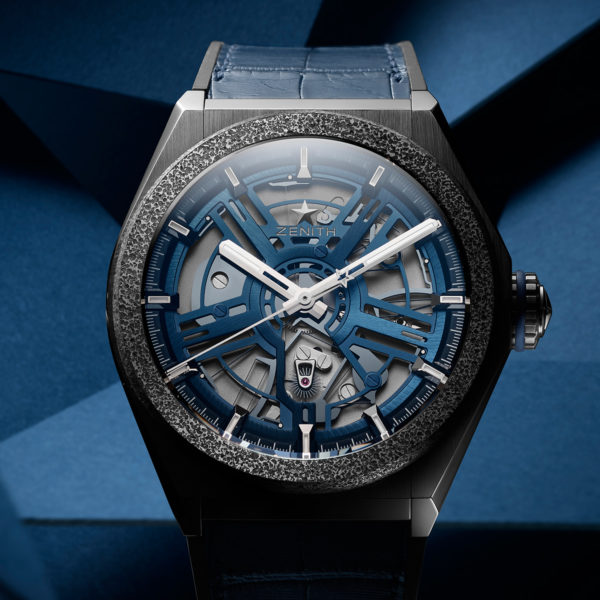
MB: I had anticipated that Zenith would go all-in to celebrate the 50th anniversary of its El Primero chronograph movement — definitely one of the most significant horological anniversaries of the year — and the brand did not disappoint, even though some of the special anniversary editions had already been seen in Geneva during SIHH. The evolution of the Defy Lab into the Defy Inventor, while not totally unexpected, was the type of next-generation technical innovation deserving of the spotlight in the El Primero’s anniversary year. It also bears mentioning that even though Defy and El Primero-based chronographs were obviously Zenith’s big story in 2019, the company also put out some wickedly attractive timepieces in its Pilot’s collection, as well. The Type 20 Extra Special Silver, with its silver case and riveted dial, looked especially stunning in the metal.
LRB: I truly believe that Breitling had the strongest collection at Basel from top to bottom. There wasn’t a single weak model presented during the fair and each model made complete sense from a market perspective. The 1959 Navitimer Re-Edition is a plain gorgeous watch and the trio of Navitimers released to honor Swiss Air, TWA, and Pan Am authentically capture the funkiness that makes collecting Navitimers from the 1970s and 1980s such a widespread pursuit. Watching CEO Georges Kern slowly release each model on his personal Instagram during the days leading up to the show was a great example of engagement from the executive level and just demonstrates once more that the man clearly knows what he is doing.
What was this year’s most unexpected release for you?
RR: The 5172G from Patek Philippe was something I had secretly hoped to see; the Tudor Black Bay P01 was the one watch I totally did not see coming. But what might have been more surprising to me were the watches we didn’t get to see from a lot of other brands. Baselworld’s Michel Loris-Melikoff called 2019 a “transitional year”, and it felt like quite a lot of the heavy-weights did the same, as if they were holding back. As a side note, I was amazed how many brands, Bell & Ross’ BR V2-92 Military for example, were showing watches with straps inspired by the ones used by combat divers from the French Marine Nationale (nowadays often referred to as “Erika’s Originals,” named after strap purveyor Erika op den Kelder). Move over, NATO strap.
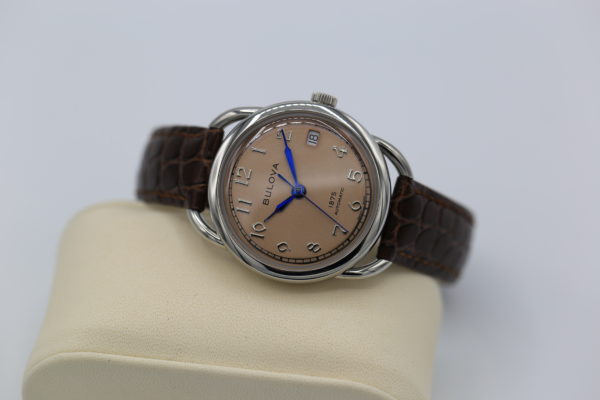
MB: Bulova releasing an entirely new collection with Swiss-made mechanical movements was certainly not something that most would have predicted. The Joseph Bulova series, named for the man who founded the brand in New York in 1875, is comprised of 16 vintage-influenced styles, all limited editions of 350, pulled from the company’s extensive archives, specifically models produced from the 1920s through the 1940s. All of the watches are equipped with Swiss-made Sellita SW300 automatic movements (a nice nod to history, since Joseph Bulova would have certainly been working with mechanical movements during his era, albeit probably American-made ones rather than Swiss-made) and priced at or below $1,500.
LRB: MB&F has to be commended for the daring execution of its first ladies’ model. Rather than recreate one of their LM or HM timepieces into more feminine dimensions, they instead took a risk by crafting an entirely new vertical movement topped with a flying tourbillon. The Urban Jürgensen One collection which includes a number of firsts for the independent brand such as its first bracelet, its first manufacture-produced automatic movement, its first travel-time watch, and its first luxury sports watch was a welcome surprise. I’ve seen the lineup catch a bit of flak on social media due to it being such a departure from the identity that Urban Jürgensen has established, but I think this comes at the perfect time for the brand to reenergize its clientele and capture some additional market share around the world once Audemars Piguet officially leaves multi-brand boutiques. Speaking of brands introducing new bracelets, the new Nomos Tangente and Club Sport models turned out quite nice and need to be seen in person to be fully appreciated.
In your opinion, what was the best entry-level watch under $2,000?
RR: You’d certainly have to look at brands like Oris (Pointer Date with red dial), Sinn (104 St SA AG), Seiko (Presage with Arita porcelain dial SPB093), Doxa (Sub 200), and Squale (T183 with the 1521’s case in layered carbon). Personally, the rectangular Joseph Bulova Swiss Made Automatic Collection was my biggest surprise.
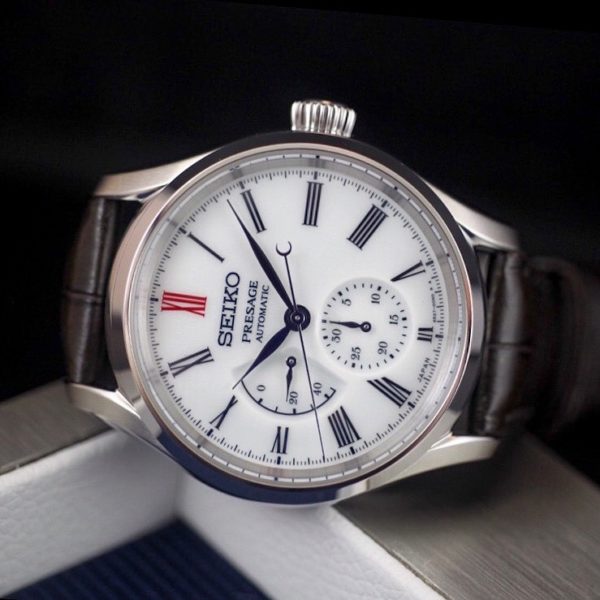
MB: The aforementioned Joseph Bulova models would be in the running, of course, though my personal favorite comes from Seiko’s Presage collection, which continues to astound with its formula of beautiful designs, high-end finishing, and automatic mechanical movements at almost unbelievably reasonable prices. This year’s standouts were a three-hand and a power-reserve model with dials made of Arita porcelain, a traditional Japanese artisanal process used here for the first time in watchmaking, and priced at just 1,195 euros.
LRB: Roger and Mark effectively covered Citizen and Seiko, but G-Shock deserves mention as well due to its strong showing. The Japanese brand introduced a Carbon Core Guard case construction that it is marketing as the latest testament to the toughness doctrine that inventor Kikuo Ibe instilled in the G-Shock from its beginning. The two models that stood out the strongest for me include the iridescent MTG-B1000RB and a new addition to the popular Full Metal collection in black aged IP that should keep G-Shock enthusiasts sated. On the Swiss and German side of things, I was immediately attracted to the Doxa Sub 200 (approx. $900), the continued evolution of the Tutima M2 Coastline (more on that later), and the Oris Clean Ocean LE (slightly over $2k). All three offer a lot of bang for your buck.
What was the most exciting new release for you?
RR: After seeing how good the Black Bay P01 looked on my wrist, I really appreciate that Tudor didn’t just release another color version in the Black Bay collection. Nevertheless, the Octo Finissimo Chronograph GMT from Bulgari provided the main reason for a faster heart rate.
MB: Minus brands like Breguet, Blancpain, Glashutte Original, and Harry Winston, who opted out with the rest of the Swatch Group, and former stalwarts like Ulysse Nardin and Girard-Perregaux, which decamped to SIHH a few years ago, this Baselworld was more about new colors than new complications. That said, I found myself drawn mostly to the growing field of military-themed pieces, like Breitling’s Aviator 8 Curtiss Warhawk series, Bell & Ross’s Br 03-92 MA-1 piece and bronze-cased Bellytanker, and even Tudor’s controversial Black Bay P01, mainly for the fascinating history behind it. I also think that TAG Heuer made a very market-friendly move by turning the Autavia into its own three-hand, time-only collection equipped with the brand’s new carbon composite hairspring. Honorable mention here to Rolex, which got a bit daring in an otherwise low-key year with an all-black Yacht-Master 42.
LRB: As someone fascinated by the pursuit of chronometric perfection through high-accuracy quartz, Citizen’s Caliber 0100 (specced to +/- one second per year!) is a fascinating development and something that every watch fan, even mechanical purists, can — and should — be excited about. Seeing Kari Voutilainen flip the switch on his usual aesthetic with the 28ti was a shock at first but as with every watch produced by the Finnish mastermind, the quality is just far beyond a majority of his peers. Additionally, being able to see the finalized version of the GPHG-winning Akrivia Chronometré Contemporain from the young master Rexhep Rexhepi was a treat beyond words. For the lucky few that secured an order, you can expect delivery to start soon.
What timepiece released during the fair are you most likely to purchase this year?
RR: I am not going to buy another Bulova Snorkel this year, but the Citizen Limited Edition Promaster Aqualand is high on my list. And even though I already have a Sumo, the green SPB103J1 from Seiko (with the new 6R35) currently stands a fair chance to find its way on my wrist (since I already have the 6105, I won’t go for the Captain Willard-re-issue). Most importantly, we did get to preview (which technically makes it eligible for this category) a watch from Oris during the show that really got me excited. Like really.
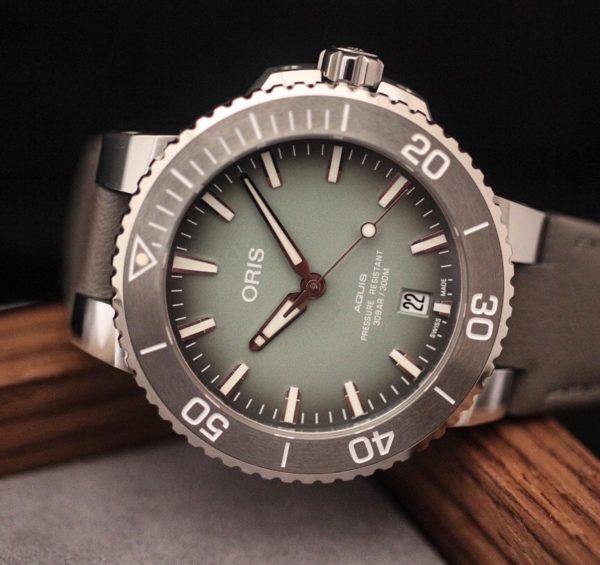
MB: I may finally need to pull the trigger on a Seiko Presage, one of which I reviewed back in 2017. The other new model that I found it hard to take off my wrist and return was the new Oris Aquis model with a mint-green dial, which made me want to run out and buy a new green-themed wardrobe just to accessorize with it for wrist shots.
LRB: The Tutima M2 Coastline was one of the highlights for me during last year’s Basel fair thanks to its clean dial that still offered a lot of visual appeal, its attractive brushed titanium case and bracelet, and the overall accessible price tag. This year, the Glashütte-based brand extended the range with a number of new dial colors and a chronograph. I never expected to own a green-dialed watch, but there’s a strong likelihood this one ends up on my wrist permanently by the end of 2019.
If you had unlimited funds, what new watch would you purchase?
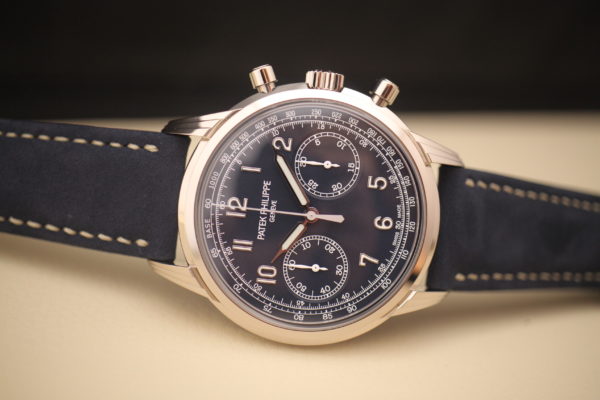
RR: That would most likely be the Patek Philippe Chronograph 5172G, or the new Nautilus Annual Calendar 5726/1A.
MB: Patek Philippe nearly always wins in this category; this year’s grail is the new Nautilus Annual Calendar with the gradient blue dial that has added another level of gorgeous to Nautilus models of recent years. Chopard’s new crop of complicated L.U.C timepieces, which are all quite elegant and wearable despite their high levels of complication, would be quite tempting as well, especially the new Flying T Twin, with its honeycomb guilloché dial. And Hublot, despite its strong focus on Ferrari models this year, somewhat quietly put out a new version of its iconoclastic Sang Bleu edition, an aesthetic outlier for the brand that I have always appreciated.
LRB: The Romain Gauthier Insight Micro-Rotor has been atop my grail list for quite a while now. While less technically intriguing than the GPHG-winning Logical One, for me it just makes the most sense as a daily wearer — and trust me, it would be on my wrist every single day. This year, the black titanium iteration that made my heart swoon last year returned with a new blue grand feu enamel dial. Other than that, it would be an absolute privilege to own one of the 30 Grand Seiko SBGZ001 Snowflake models with a hand-carved platinum case that matches the Snowflake dial motif.
How should the show change for 2020?
RR: First of all, Baselworld’s main problem isn’t the show per se, it has simply become way too expensive and frustrating to attend for a lot of exhibitors. I think the show’s new management already has some great ideas on how to make the show more attractive for end-consumers (and I’d suggest not adding more cars). But most importantly, the brands will have to support Baselworld with coordinating their releases: If the industry’s largest show isn’t the platform to launch the most important new watches of the year, why would anyone have to travel to Basel in 2020? At the end of the day, it is still about watches (and yes, also about jewelry) and the people that make, sell or wear them. Everything else, the networking, purchasing, reporting etc. will still require amazing releases from the brands attending the show.
MB: It should embrace some of the changes it promised for 2019, such as affordable food options, which to most guests I spoke to were nowhere to be found despite pre-show guarantees. More seating in the press room, and more electrical outlets, would also be desirable for those of us actually trying to produce content on-site rather than just schmooze over coffee and croissants. And I’m sure the independent watch brands that collectively exhibit in the Les Ateliers would love to know what space they’ll be in next year after several shifts. As Baselworld and SIHH will coordinate their schedules next year, with one show right on top of the other, it is inevitable that the two experiences will be compared even more starkly than before, and Baselworld’s show-runners would do well to up its luxury game.
LRB: I’m a fairly simple guy. All I truly need to do my job at these trade shows (other than obvious essentials like my laptop and camera and those damned plug adaptors that I continuously misplace) is a spot to fill up my water bottle or grab a quick glass of water (or two) when I’m rushing between appointments. And a decent Wi-Fi signal. Both of these things are in short supply within Basel’s Messeplatz. This is something that SIHH in Geneva has figured out long ago and, unfortunately, Basel still lacks.
What did you see outside of Basel that really excited you?
RR: Technically not outside of Basel, but the new Watch Incubator was so well hidden that I almost didn’t find it: Laventure is one of the more accessibly priced brands I have been following closely that I finally got to see in person. Outside of Baselworld, I got to meet with Orient, and, speaking of excitement, I got a preview of what we can expect next from Laurent Ferrier.
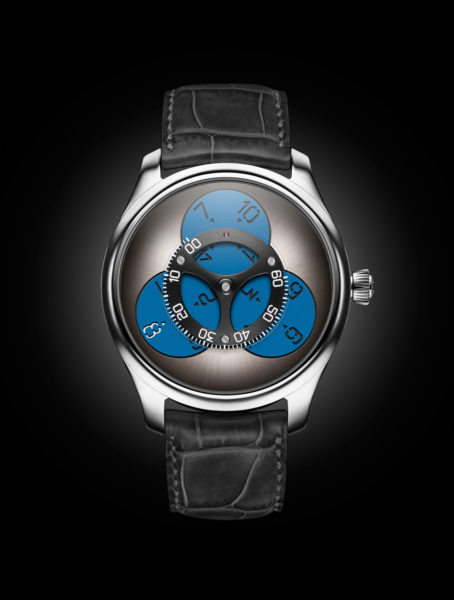
MB: One consequence of Baselworld squeezing into a single hall rather than the multiple halls of the past was that there were, to my reckoning, even more small brands than usual that eschewed the costs of showing their wares at an official Baselworld booth and instead, set up shop in the nearby hotels. Often these hanger-on indies are among those offering some of the most interesting new pieces, and this year was no exception. H. Moser & Cie followed up its strong SIHH collection with a new “Funky Blue” version of its clever Endeavour Flying Hours watch, for example, and Graham celebrated the anniversary of the D-Day Invasion (yes, another military piece) with a limited edition of 75 bronze-cased Chronofighter models.
LRB: Ever since Pierre Jacques returned to the role of CEO in late 2017, I think De Bethune has been on the longest hot streak in the watch world. After last year’s GPHG-winning Starry Varius, the independent brand has started 2019 off with the release of its first dive watch and the return of the beloved Maxichrono. Also on the high-end independent side, Greubel Forsey unveiled a technical masterpiece with the new Quadruple Tourbillon GMT. Of the more accessibly priced brands I met with, St.Louis-based Monta released its most compelling timepiece yet with the Atlas GMT. It was also great to grab a few beers with Chase and John from Oak & Oscar and finally see the Humboldt in the metal. Its bidirectional bezel had some of the crispest action I’ve seen this year. And over at Fossil HQ, Zodiac continued its strong run of recent releases with the Aerospace GMT.
Follow this link for more about the watches shown during Baselworld 2019.





